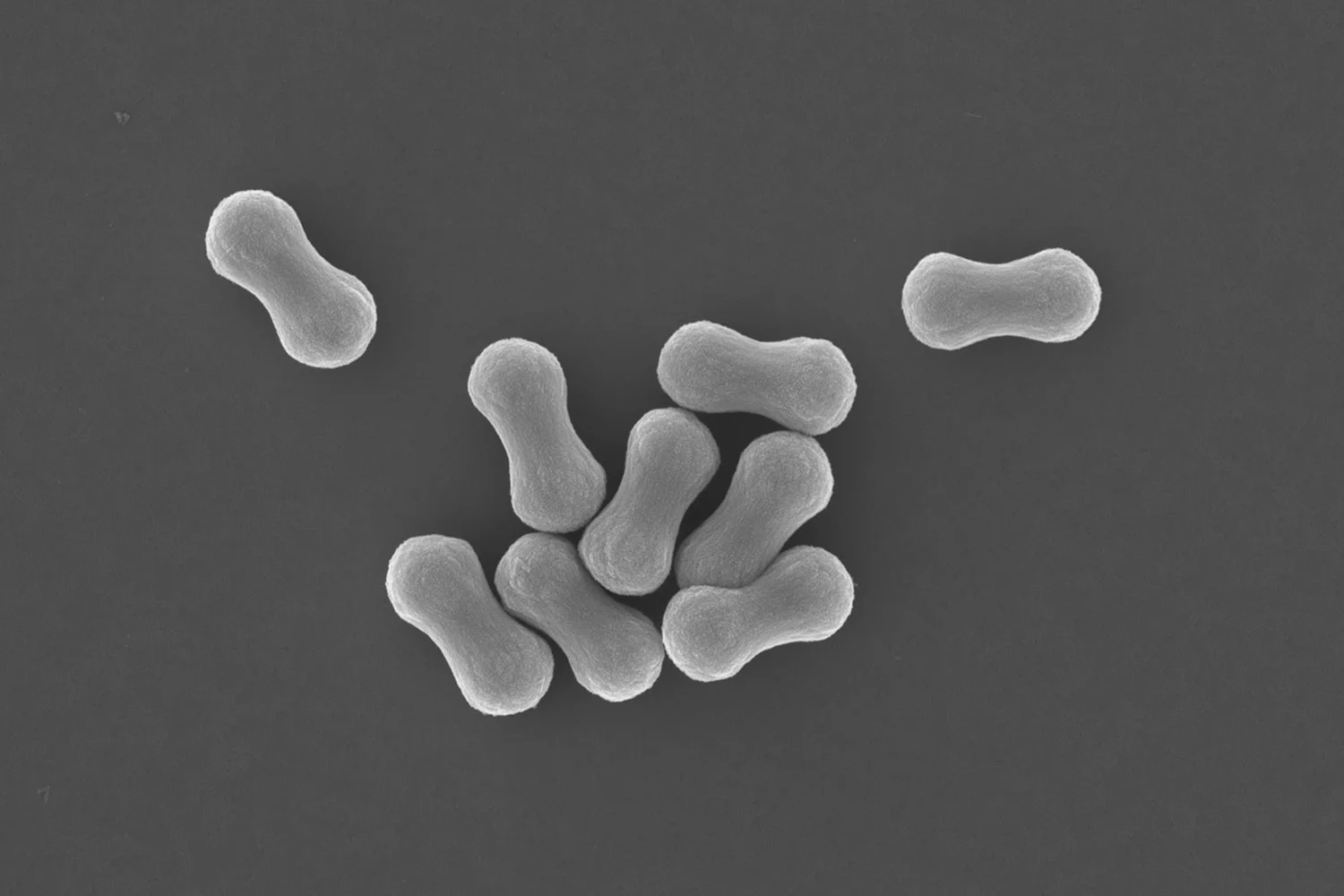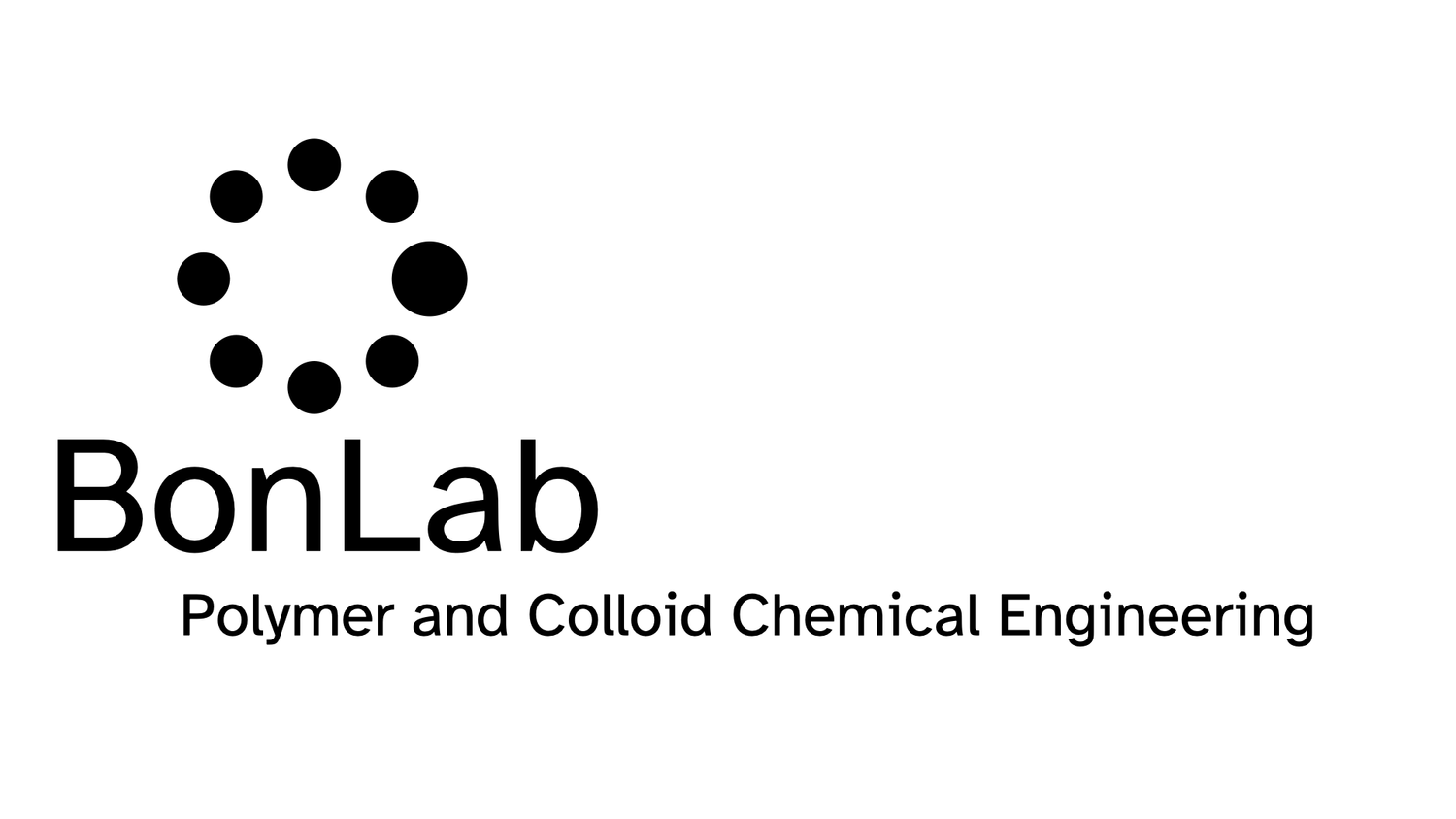
BONLAB BLOG
Thoughts
&
Scientific Fiction
Grafting polymers to graphene oxide goes better through branching
Single-layer graphene is interesting as a flexible 2D material, with xy-dimensions variable up to a centimetre in length and a z-thickness of a single carbon atom. It conducts heat and electricity, has excellent mechanical strength, and is impermeable to gases except hydrogen gas. Its drawback: how to disperse it in a liquid. When you try to do this flexible sheets of graphene tend to stack as a result of attractive van der Waals interactions, making it virtually an impossible material to disperse as single sheets.
Single-layer graphene is interesting as a flexible 2D material, with xy-dimensions variable up to a centimetre in length and a z-thickness of a single carbon atom. It conducts heat and electricity, has excellent mechanical strength, and is impermeable to gases except hydrogen gas. Its drawback: how to disperse it in a liquid. When you try to do this flexible sheets of graphene tend to stack as a result of attractive van der Waals interactions, making it virtually an impossible material to disperse as single sheets.
As a compromise, people came up with graphene oxide (GO), it’s oxidised analogue. The presence of oxygen atoms containing functional groups, such as hydroxy, epoxy, carboxylic acid, ketone, or aldehyde, provides it with a polarity, which makes it possible to disperse GO as single sheets in polar solvents, such as water or DMSO at low concentrations in the absence of electrolyte or other colloidal particles. The drawbacks: graphene oxide sheets have holes. Whereas graphene can be seen as a pristine, flexible bedsheet, graphene oxide is a bedsheet attacked by moths. This makes the material less suitable for barrier property reinforcement. Graphene oxide is also less electrically conducting as oxidation has partially destroyed its conjugation. Nevertheless, it still shows great potential for a range of applications, for example, those that need mechanical reinforcement, such as polymer nano-composites, but only if we can enhance its dispersibility in liquids or polymer melts.
Grafting polymer chains from the surface of GO allows it to be dispersed more easily. This can provide additional electrostatic and steric stabilization against sheet stacking at higher concentrations in less polar solvents or contain soluble polymer chains or non-interacting particles that can trigger depletion flocculation.
There are several approaches to accomplishing this, each with advantages and disadvantages. A particular challenge is linking a sufficient mass of polymer chains to the GO’s surface. In our gold open access paper recently published in the RSC journal Polymer Chemistry, we report a way to address this, employing radical polymerization reactions that lead to a branched polymer architecture. Methacrylate-based macromonomers made by catalytic chain transfer polymerization were used together as molecular weight regulators with dimethacrylates as crosslinkers to introduce branching points.
You can read the paper here:
Join us as a EUTOPIA Co-tutelle PhD researcher in Autumn 2024
We are now looking for a EUTOPIA co-tutelle PhD researcher to join us in the Autumn of 2024 and develop together with us an exciting joint research program together with the Vrije Universiteit Brussel (VUB).
The EUTOPIA European University alliance brings ten European universities aiming to become by 2025 an open, multicultural, confederated operation of connected campuses. In June 2019, the "EUTOPIA-2050" programme was chosen as one of the initial 17 winning projects of the new European Universities Initiative competitive call launched by the European Commission to build a European Higher Education Area.
Together with 9 other universities, Warwick University forms this alliance.
We are now looking for a EUTOPIA co-tutelle PhD researcher to join us in the Autumn of 2024 and develop with us an exciting joint research program together with the Vrije Universiteit Brussel (VUB).
This EUTOPIA collaboration brings together two internationally renowned research teams, BonLab from prof. dr. ir. Stefan Bon at Warwick University (UK) and the team of prof. dr. ir. Gert Desmet at VUB (Belgium). They have an underlying shared and solid foundation in chemical engineering, but with distinct different scientific areas of expertise.
This specific PhD project will provide a synergistic step-change in developing stationary phases for device-based separation science. The overall aim is to fabricate next-generation supracolloidal liquid chromatography devices with a stationary phase of colloidal objects of bespoke shape, morphology, chemical characteristics, and physical properties, with control of their spatial arrangement within the device. Application areas will include the analysis of soil and aqueous natural environments.
Please contact prof. dr. ir. Stefan Bon directly if you are interested by email (s.bon@warwick.ac.uk), with your CV, academic transcript and motivation letter.
Application deadlines is strictly 20 May 2024. It is adviced to contact us well before that date as we have to submit the EUTOPIA application on your behalf.
Stefan Bon helps out with the "I am a scientist get me out of here" initiative
I’m a Scientist is an online, student-led science engagement activity where school students connect with working scientists. Prof. dr. ir. Stefan Bon says: “This initiative is fantastic. It is great to contribute and talk to various young people about science. I always look forward to the online chats as people come with great questions and have a lot of enthusiasm”.



